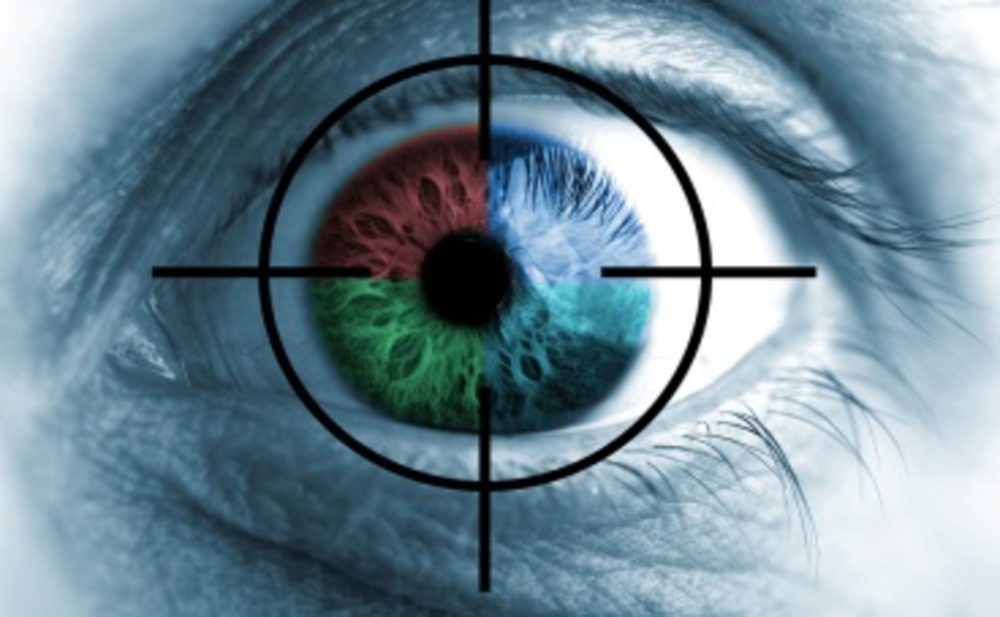Woody Allen is famously quoted as saying, “80% of success is showing up”—which might be true in some cases, but not when it comes to online display.
New research from media tech company Sticky has found that, depending on the website, between 30 and 70% of all viewable ads might as well be invisible. It’s a point Sticky President Ephraim “Jeff” Bander wants to drive home to brands and publishers alike: “Just because an ad’s in-screen doesn’t mean it’s going to be seen.”
Of course, being in-screen is preferable to not being in-screen, but viewability—the likelihood an online ad will be seen by a visitor—is no guarantee of engagement. In fact, according to comScore, 54% of all display ads have no potential to ever be seen. That could be due to a variety of problems—deliverability issues, a technical snafu, bad positioning, boring creative, because the user didn’t scroll far enough down the page—but the point here is the other 46%. Of those 46% of ads considered to be viewable, the question becomes, how viewable are they, really?
Bander says a large portion of supposedly viewable ads are not actually viewable at all—at least not as viewable as one might hope, especially considering the amount of money some brands spend on their digital marketing. Take Proctor & Gamble, for example. The CPG giant shells out more than $700 million online every year. If P&G could optimize its online display by just 10 or 20%, that would be a savings of millions.
To determine real viewability, Sticky looked at the ad activity on 100 popular websites across a variety of verticals, including The Washington Post, sports site yardbarker.com, weather.com, realestate.com, and the In Style website. Sticky conducts its research with consumers who opt in to allow the company to track their eye movements via webcam. Sticky tracks what they look at, in what order they look, and for how long.
Bander and his team found that overall only 14% of impressions were actually seen by consumers—as compared to comScore’s more optimistic 54%. It’s a sobering statistic, but one that smart publishers will be able to use to their advantage. For example, Sticky found that ads placed on washingtonpost.com had 51% viewability, while ads on instyle.com had just 10% viewability. That kind of information is a win for the brand and for the well-trafficked publisher, both of which would benefit revenue-wise from knowing how well ads perform on certain real estate.
“For good publishers, this is a way to increase revenue with higher ad buys, and for brands it’s a huge win because now they can optimize and spend money on sites and positions that are really working for them,” Bander says. “Viewability is nice, but we can do better.”
The overall goal is transparency, Bander says. There’s no reason for brands to fly blind and there’s no reason for them to toss their dollars into the digital wind.
“That’s what this is all about,” Bander says. “Creating a completely transparent marketplace where if you perform, you win—and really, that’s the way it should be.”








